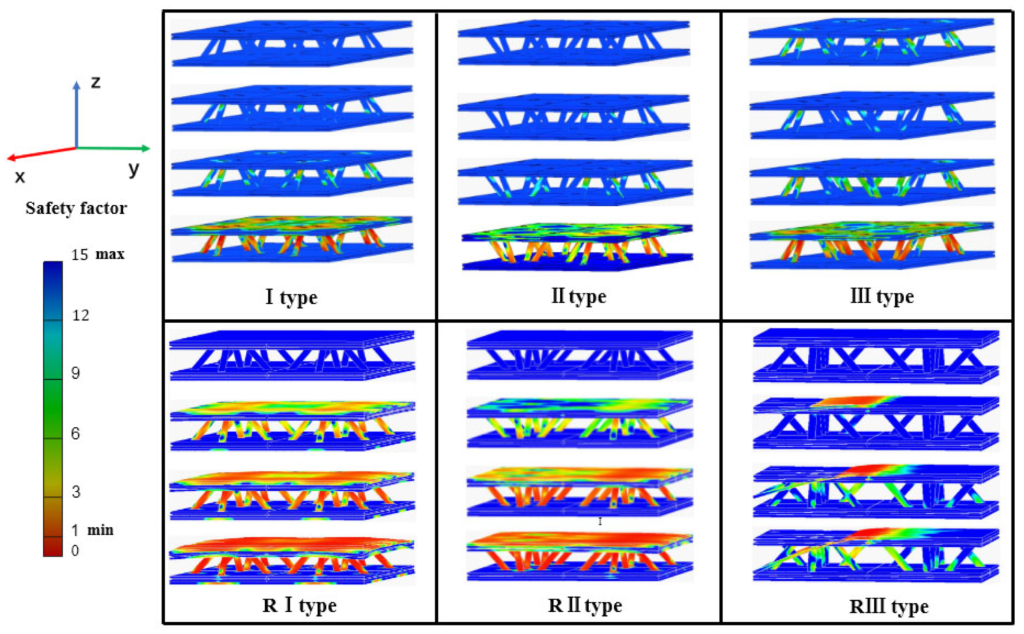Architectural Concept
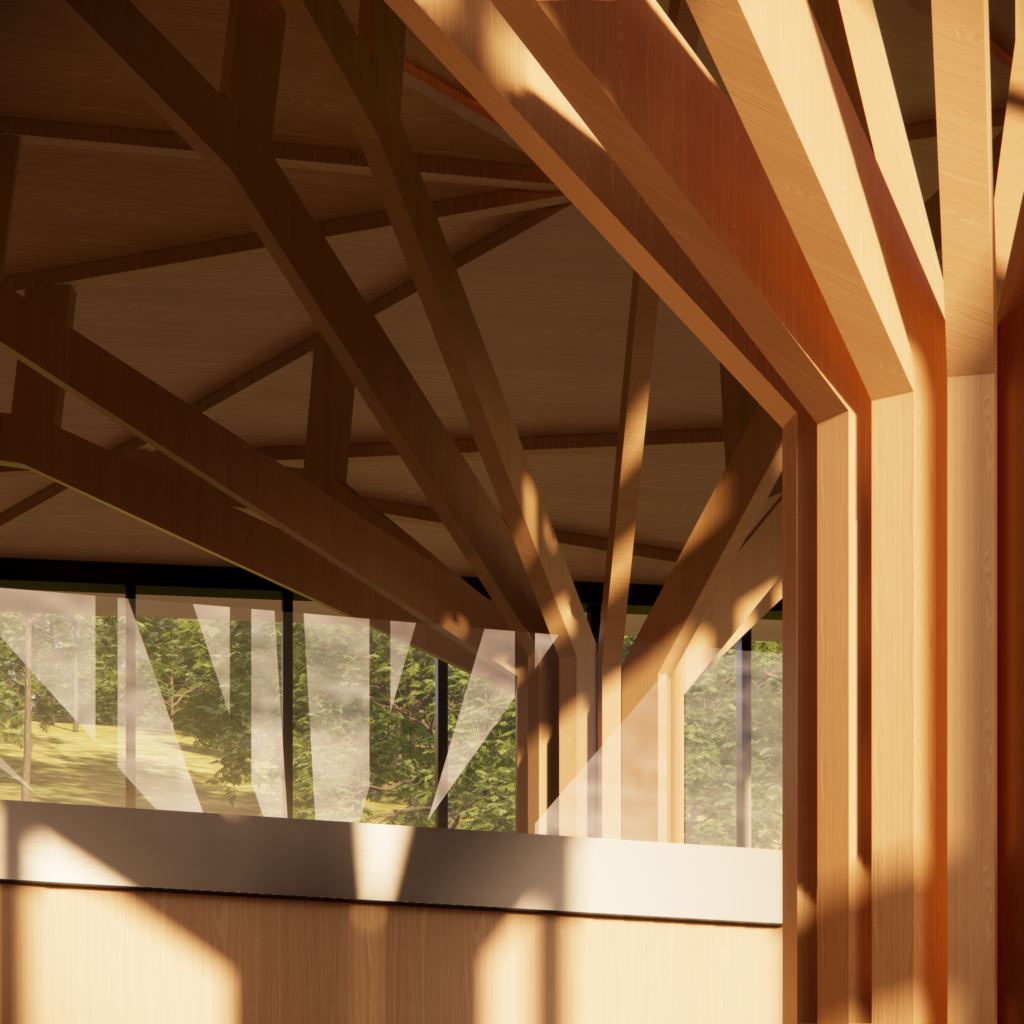
Located in the northern part of Italy in Trento, famous for timber construction, our site is perched atop a cliff at the city’s highest point. We initiated our project by focusing on tree construction, leveraging the terrain to our advantage.
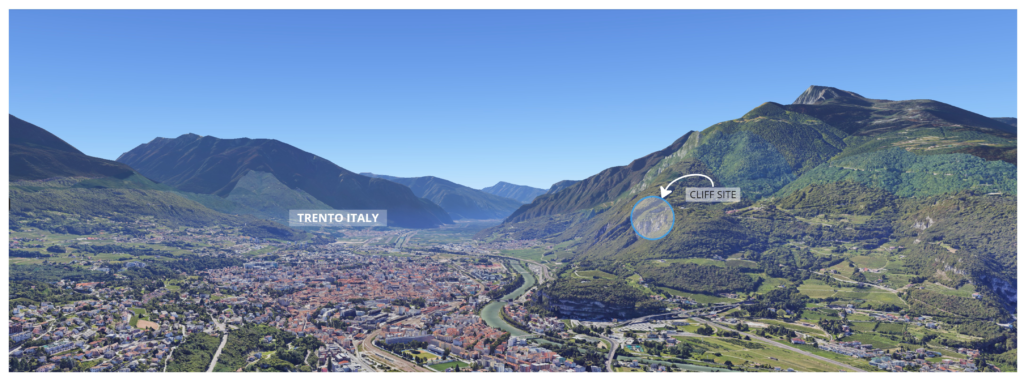
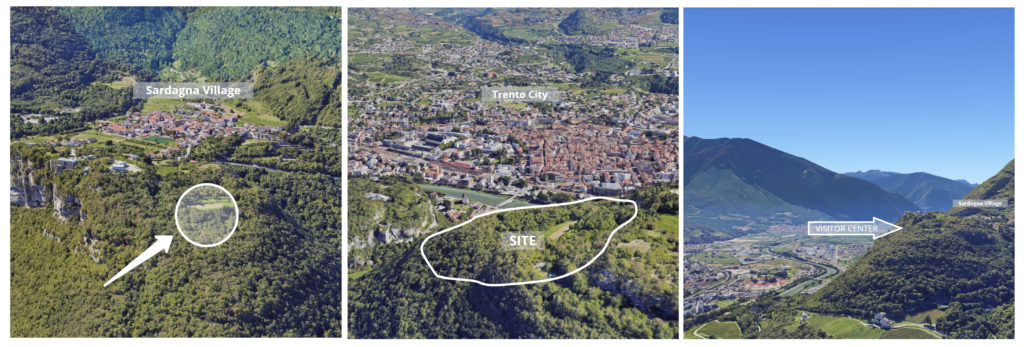
Structural Design Explorations
In our quest for the optimal structural form, we explored various grid configurations. Examining the tree, which consists of two-dimensional branching numbers, we employed Kangaroo for a more even distribution of force. The established grid in the upper right allows nodes to move while preserving connectivity and topology. When applied to the grid, the tree can be parametrically reconfigured so that we can optimize further the structure.
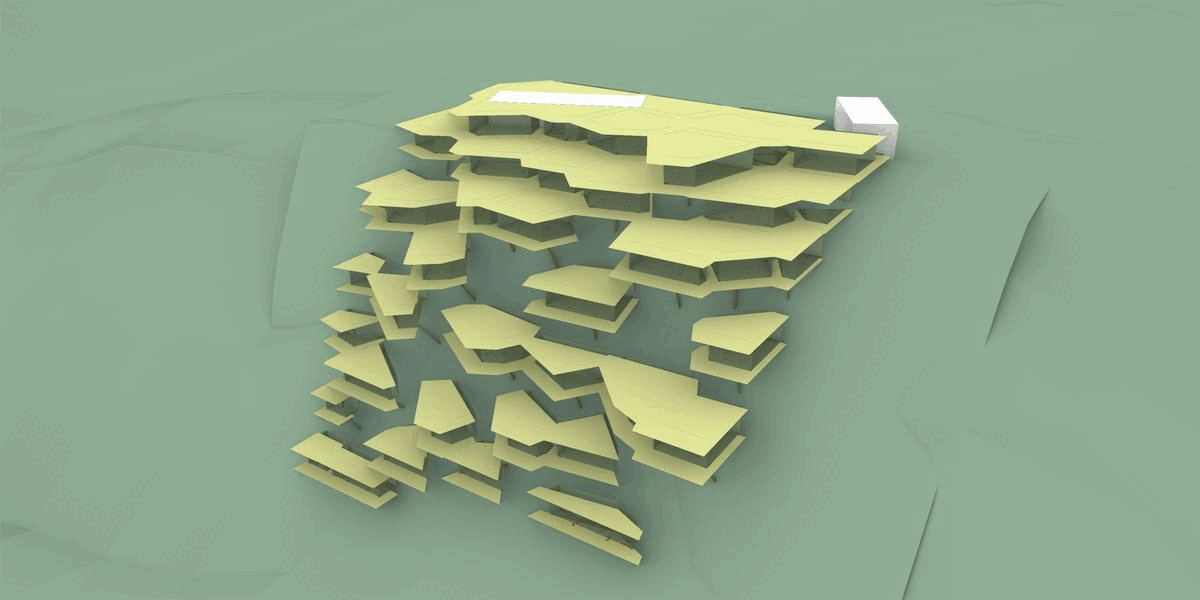




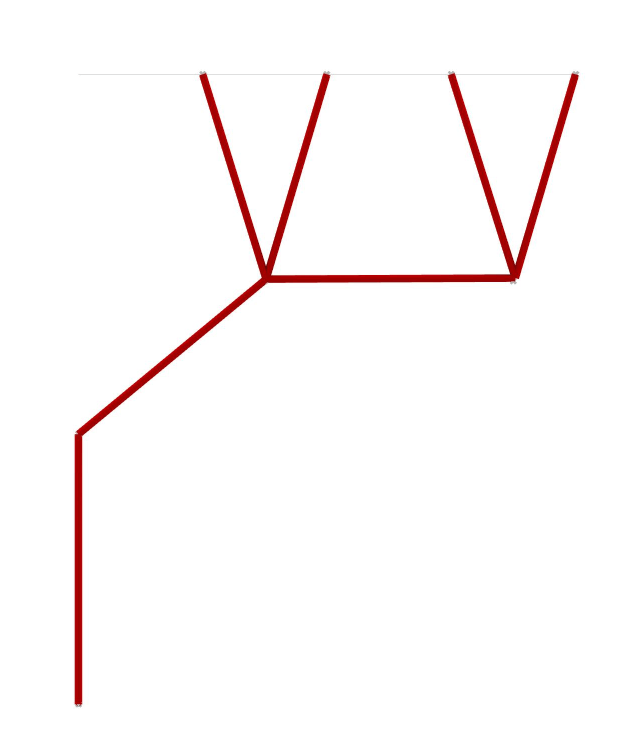

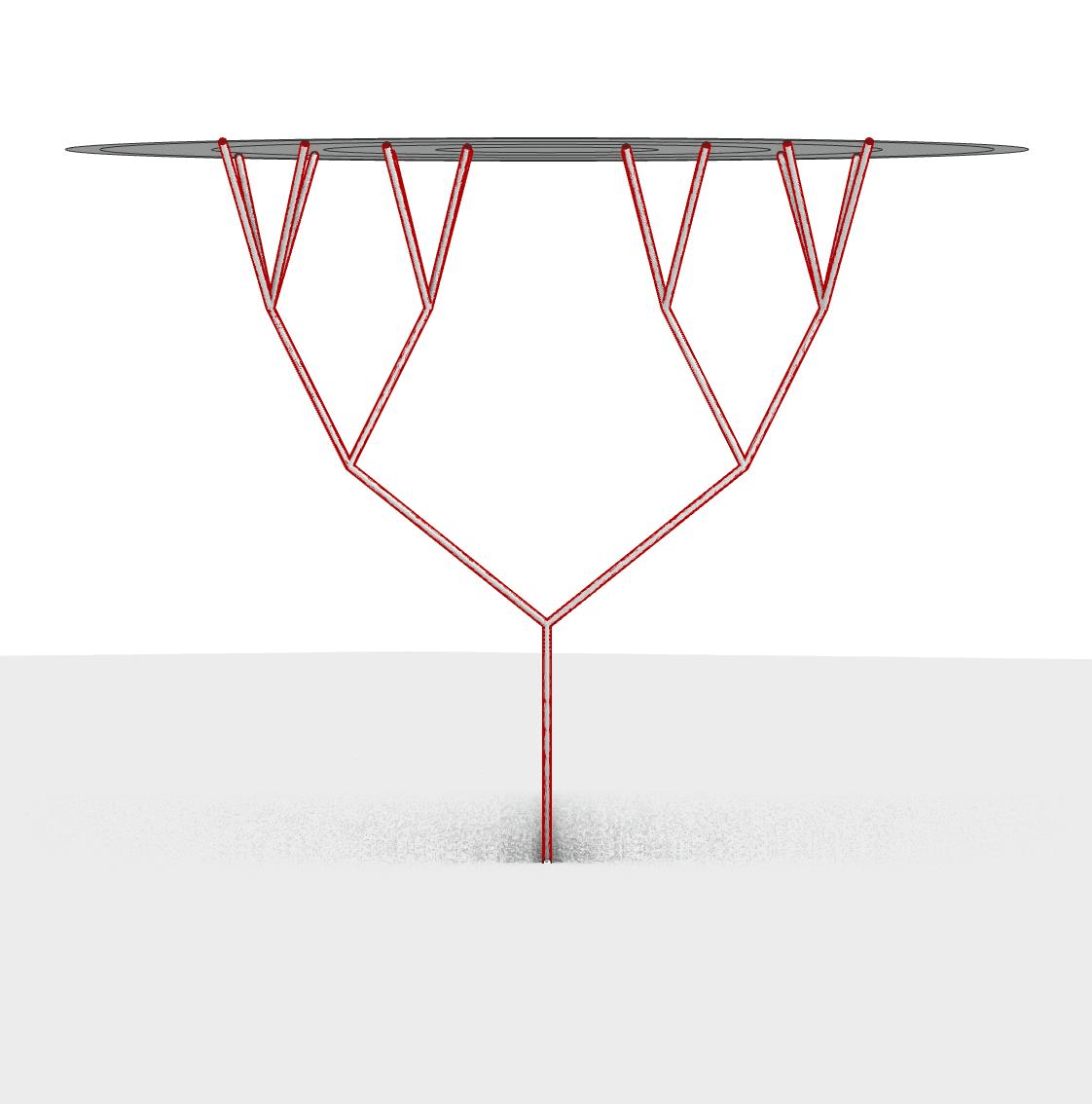

The grid is designed to allow for multiple radial grids to be arranged an any possible positions of their centers. The spread of the tree branches and sub-branches are controllable and can be optimized as a response to the slab layout and structural load.

Structural Iterations and Site Topology Exploration

At the outset of our project, we dedicated considerable efforts to structural iterations and an in-depth exploration of the site’s topology. Through a series of structural studies, we examined diverse configurations and spatial arrangements, aiming to optimize the structural integrity while harmonizing with the unique characteristics of the site. This iterative process laid the groundwork for the evolution of our design, emphasizing adaptability and efficiency in the initial phases of development.



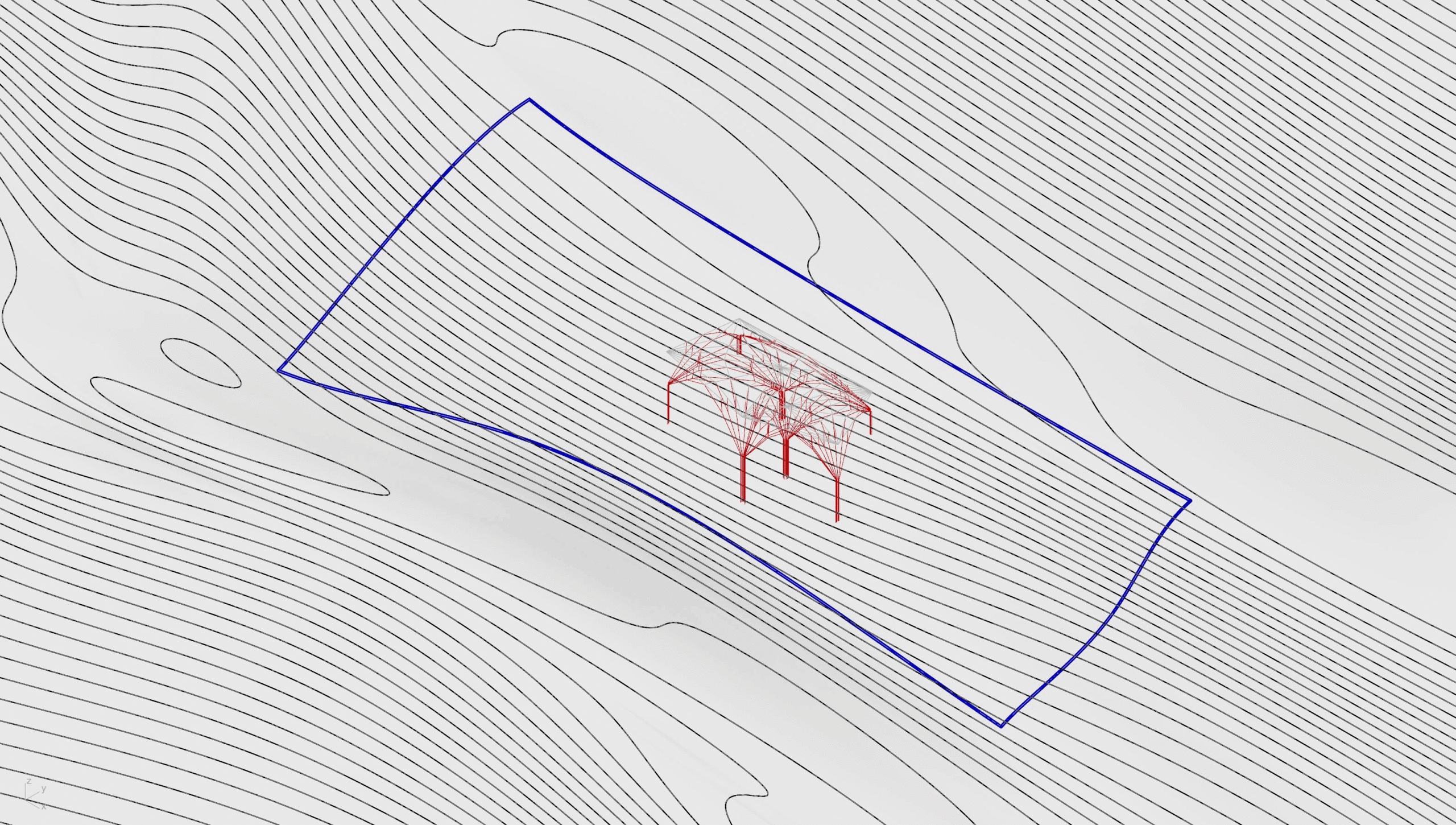
The structure can adapt to single and multi objective optimizations. In this case the location is changed within a defined zone on the local terrain to find the minimum length of the structural members.
Conversion to Structural FE Model
Breaking down the structure, the trees at the bottom are crafted from glue-laminated beams. These trees are braced at the upper trunk and along the branches for added stability. The bracings are constructed using steel beams. Tree joints with the slab provide rotational freedom, preventing the transfer of bending moments from the slab to the tree. The slab is composed of double shells and posts in between. While a second level of trees rests on the trunk of the first tree, and a grid structure made of glue-laminated beams supports the roof covering.


Optimization Process
A single-objective optimization process was undertaken to determine the optimal locations of the tree bases. The objective was to minimize member utilization across the structure. The columns locations are optimized for achieving the lowest maximum utilization in the tree system. Due to difficulties with reaching convergence, the optimization was run on three stages. The possible columns locations are narrowed down with each optimization. These locations were then utilized for further analysis and optimization.
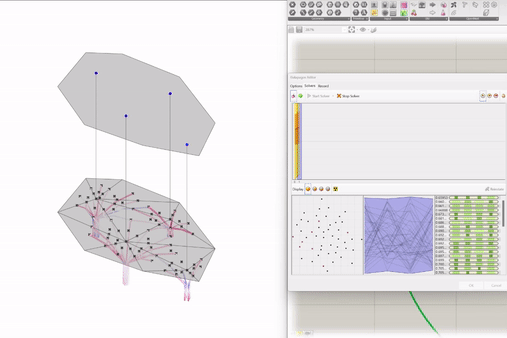
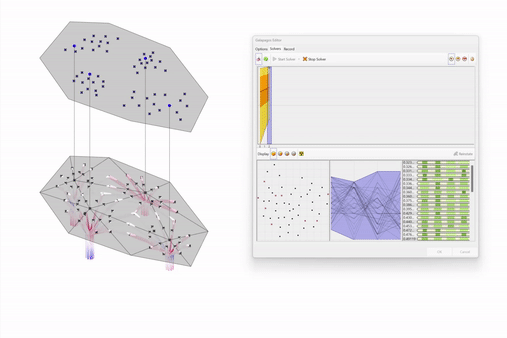
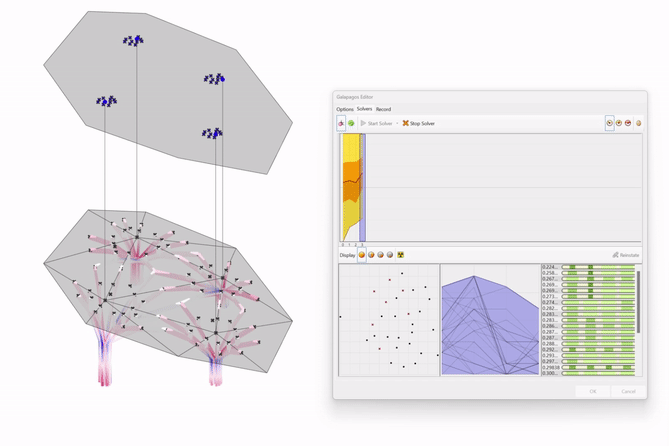

Structural Design Explorations
Following optimization of the column part, we adopted a generative approach for the slab. Utilizing principal moment lines, we designed a sandwich slab by partitioning lines into point beams, providing rigidity where it’s needed most – in compression and in tension together. And to test for the effective efficiency of the slab we developed, beams that can be generated from these positions. We ran simulations on it for the total mass of the construction and the displacement which lead to a significant efficiency increase, up to 40%, compared to conventional methods. Optimizing point beam positions further increased efficiency, reaching up to a remarkable 190% improvement.
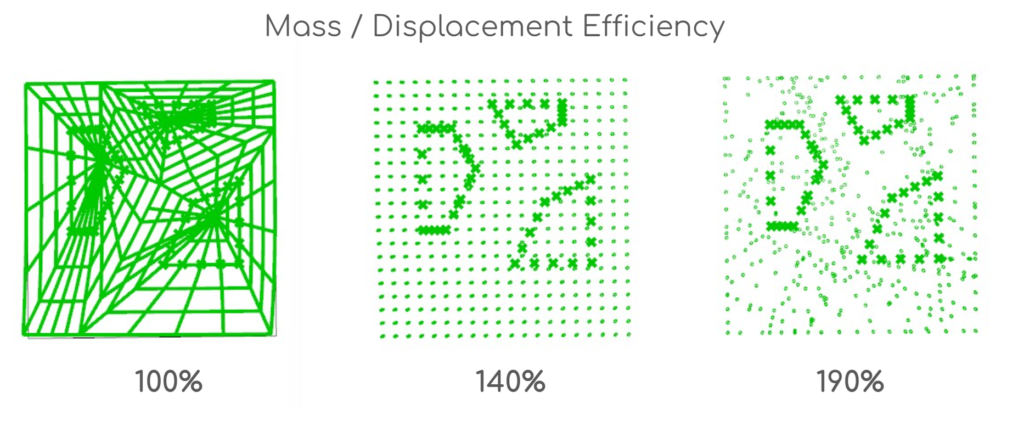
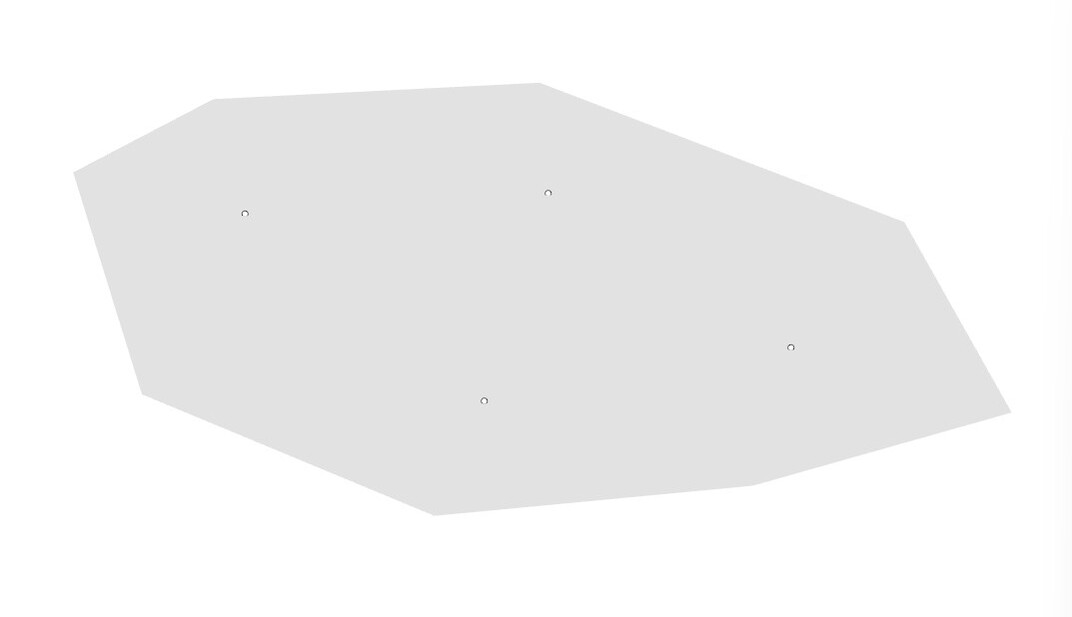
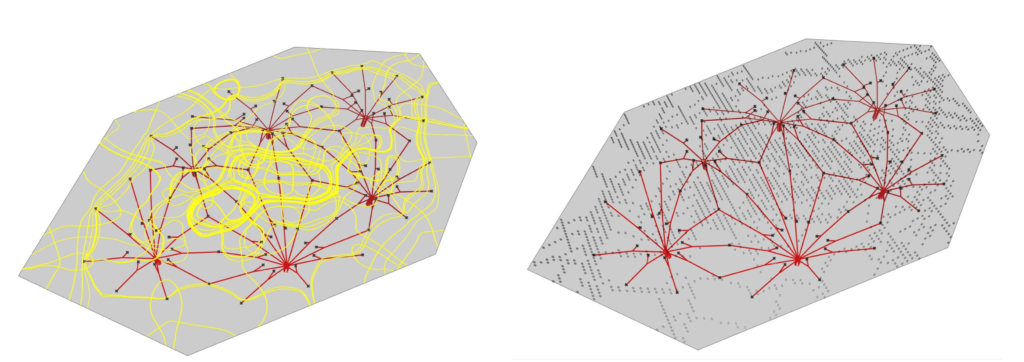
Optimisation Process
We conducted simulations to optimize the positions of the point beams, aiming to reduce mass while ensuring minimal deformation in the slab. The non-linear nature of isolines on the slab led us to run simulations focusing on two objectives: reducing mass and minimizing deformation. The selected optimal outcomes from these simulations were then employed to advance with the construction of the slab.
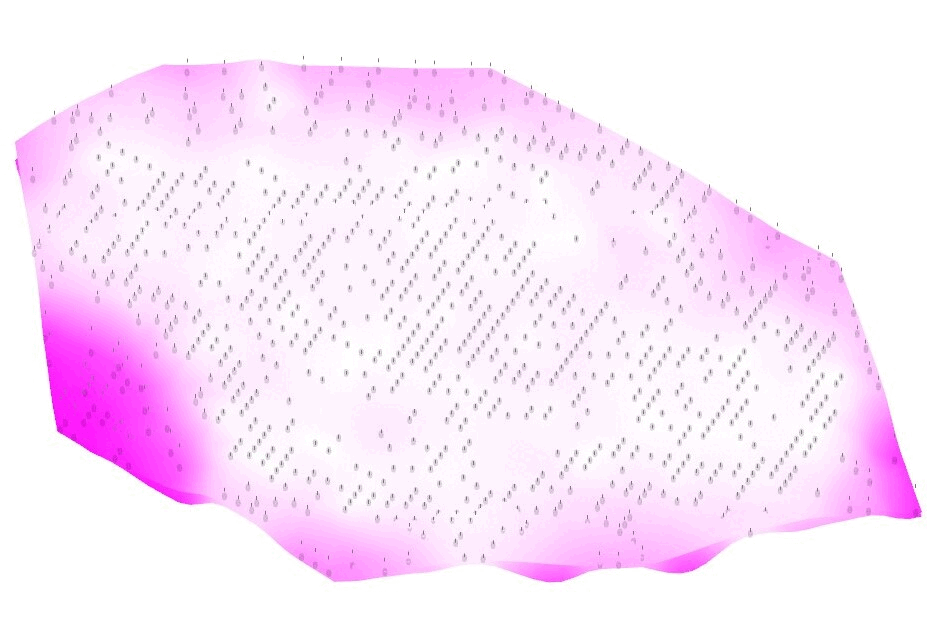

Life Cycle Assessment (LCA)
In evaluating the environmental impact of our glue-laminated timber structure, we conducted a Life Cycle Assessment (LCA), examining its total mass from inception to end-of-life for the structural part. The accompanying table provides precise figures for the cradle-to-grave calculation. Upon comprehensive analysis, our findings place the structure in the A+ category, covering a total area of 233 square meters. This rating signifies an environmentally conscious approach, with an impressive outcome of 88 kg CO2e/m2.


